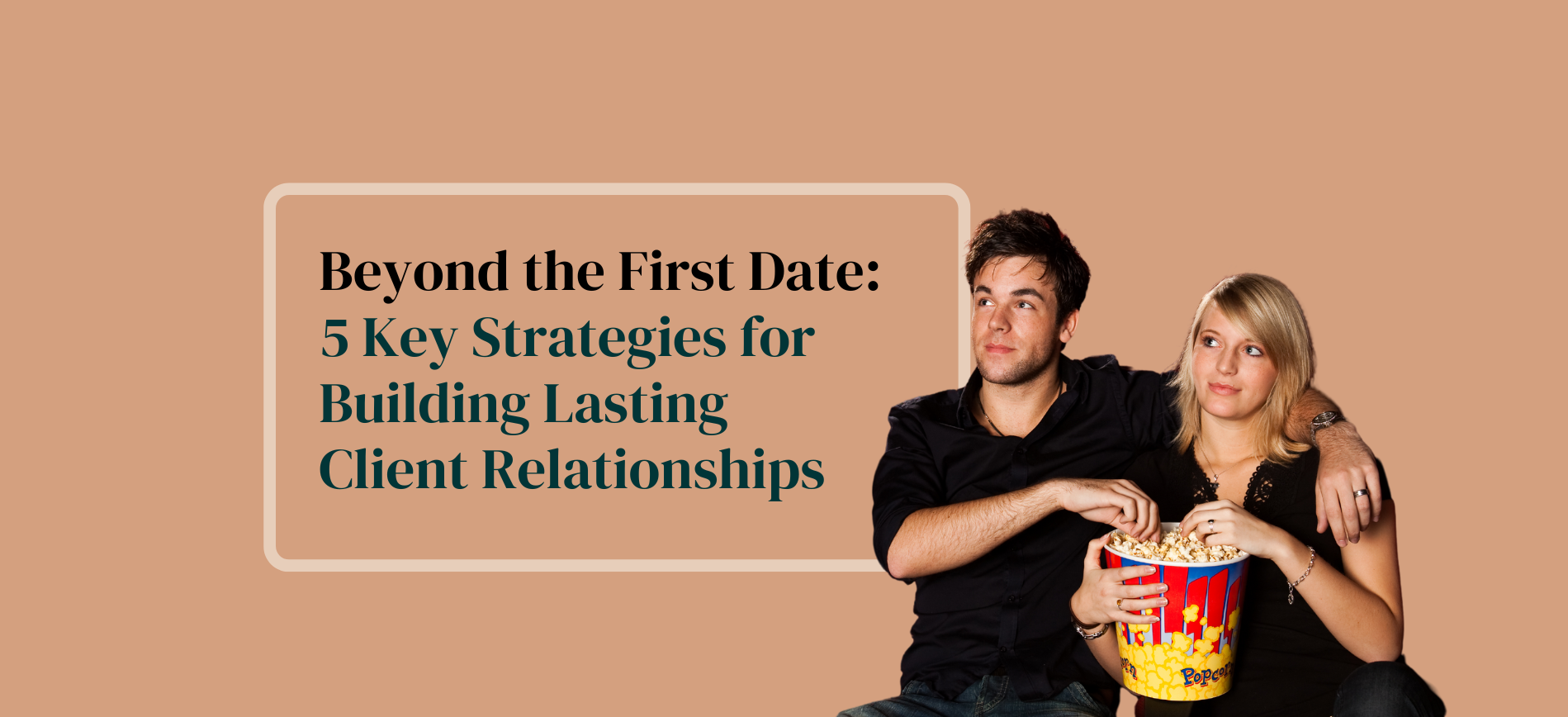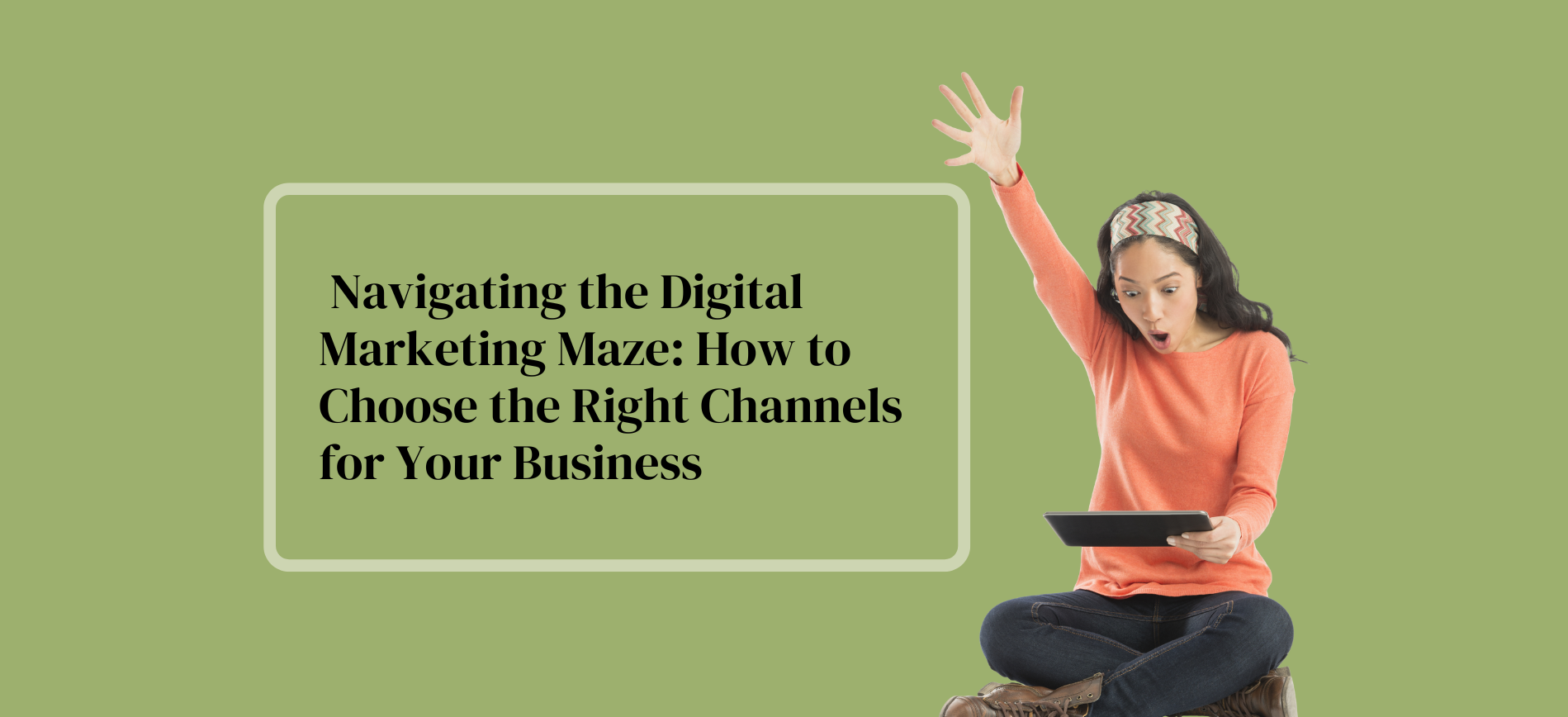The Content Marketing Funnel
Like it or not, a lot of the content we consume online has a very specific purpose: to get you to buy. Or sign up. Or learn more. Even the seemingly fluffy pieces like “The 10 Best Pet-Friendly Hotels in Melbourne” have been crafted to influence a specific response.
Mastering the content marketing funnel is now one of the most important disciplines all of us marketers, have had to learn. Why? Because most of the content we read and interact with on a daily basis is part of the content marketing funnel. And we're still learning!
One thing I am noticing now is people just “dumping” huge amounts of content into their digital channels and hoping it will engage with audiences and drive action. This won't work.
There is a journey people go through and the challenge is delivering relevant and engaging content at each stage of the journey.
So what is a Content Marketing Funnel exactly?
Simple, it's the journey that potential customers go through when considering a purchase, and it’s part of a larger overall content marketing strategy. The content in the different stages supports the customer journey, and good content pushes your leads closer to a purchase. Each stage serves a specific purpose in the customer's journey, as should the content presented to the customer in those stages.
Marketing Funnel Phases
(Please note, there is ALOT of information on the web about this some present a funnel that is quite a bit more complicated but for simplicity sake, this is the basic model.
- Awareness - Content focused on educating your audience.
- Evaluation - Customers determine whether they need your product.
- Conversion - Reasons to buy your product.
- Delight - Keeping your audience engaged.
Phase 1: Awareness - in this phase people are doing research to answer their burning need, problem or question so help them with educational type content like: shareable blog posts, social posts, videos, research studies, ebooks or webinars. Don't do the hard sell here. Just educate.
Phase 2: Consideration - as people become more informed, they start thinking about whether they really need your product or service. They are considering available options but may still not be ready to commit just yet. This is your perfect opportunity to build trust so focus on building relationships and help them compare their options. Use case studies, videos, emails, useful downloads, free trials, events/webinars, side by side comparisons.
Phase 3: Decision
- in this phase your customer is almost ready to buy. Almost. So give them a reason. Make sure they understand exactly why they should choose you. This is where demos, case studies, testimonials or product reviews are crucial. Give them a reason to buy.
Phase 4: Purchase - your customer has made their purchase. Just don't leave them hanging. This step includes the post purchase phase where you need to focus on retaining or delighting customers. Your content should always give customers simple ways to stay engaged and share their feedback with your business. Keep giving them valuable content like user guides, email newsletters, updates etc.. You could even reward them with special promotions or early previews of new products. Even if your customer isn’t a repeat buyer, they still have influencing power in their social circles.
Where to from here?
If you need help defining the customer journey for YOUR business, book a free strategy consult with me and we can chat about your business needs. I would love to help you.
#marketingcoach #contentmarketing
#marketingcoachmelbourne #marketingconsulting




